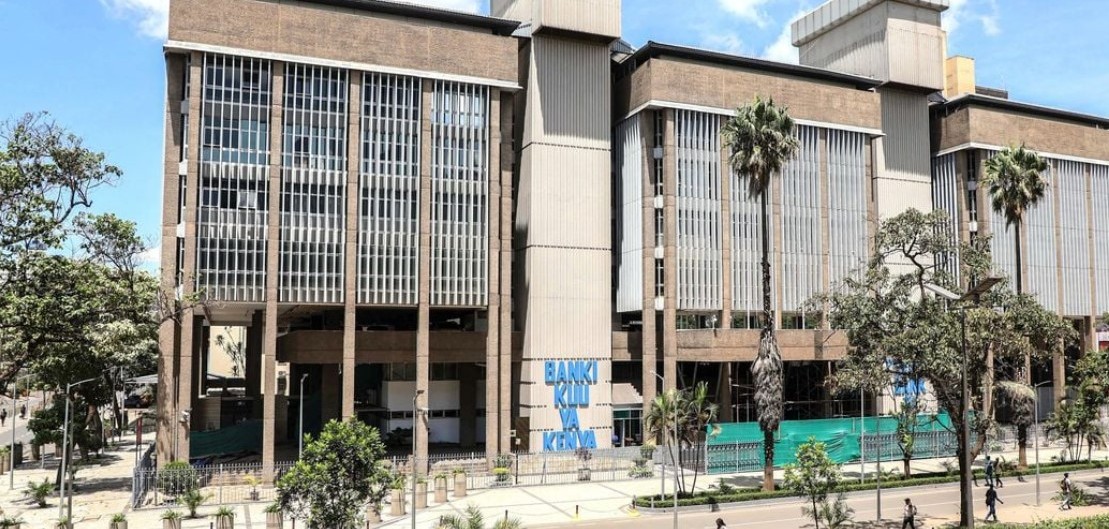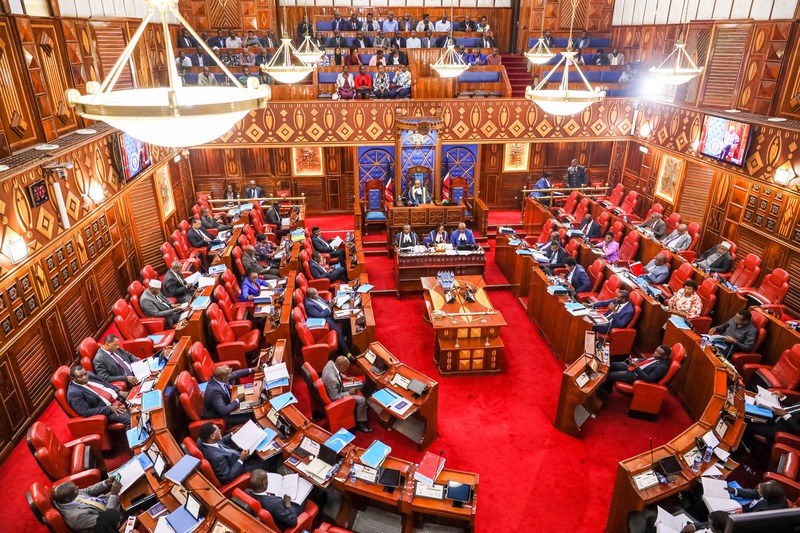Borrowers exposed to costly loans despite banks cutting interest rates by one per cent

According to data published by the Central Bank of Kenya (CBK), the average overall lending rate across 38 commercial banks dropped slightly to 15.78 per cent in June 2025, down from 16.81 per cent in July 2024.
Borrowers continue to face high lending costs despite a major reduction in the Central Bank Rate (CBR), with new data showing that commercial banks have only lowered their interest rates on loans by an average of one percentage point in the past year.
This comes even as the CBR has been slashed by a cumulative 3.25 percentage points since August 2024.
More To Read
- Kenya Kwanza adds Sh3 trillion to national debt in three years, CBK reveals
- CBK warns of rising debt distress, urges fiscal coordination
- MPs question rising debt despite Treasury’s reduced CBK borrowing
- CBK data shows Sh344 billion decline in mobile money transactions, steepest drop in 18 years
- CS Mbadi tables new banking rules targeting non-compliance, unethical practices
- CBK targets Sh40 billion in new Treasury bond auction
According to data published by the Central Bank of Kenya (CBK), the average overall lending rate across 38 commercial banks dropped slightly to 15.78 per cent in June 2025, down from 16.81 per cent in July 2024.
The minimal change points to slow transmission of monetary policy to actual credit pricing, leaving borrowers exposed to costly loans.
Some lenders, however, have implemented deeper rate cuts than the change in the CBR. Citibank recorded the steepest drop in lending rates, slashing its rate from 17.98 per cent to 10.6 per cent.
Other significant reductions came from Stanbic Bank Kenya (4.99 per cent), Standard Chartered Bank Kenya (4.65 per cent), Absa Bank Kenya (4.53 per cent), Victoria Commercial Bank (4.1 per cent), and Sidian Bank (3.46 per cent).
In contrast, several banks moved in the opposite direction, increasing their rates within the same 12-month period.
Access Bank Kenya registered the biggest increase of 8.6 per cent. Other banks with upward changes include Premier Bank Kenya (six per cent), Diamond Trust Bank (2.76 per cent), Co-operative Bank (1.15 per cent), and DIB Bank Kenya (0.72 per cent).
The Commercial International Bank (CIB) Kenya, Consolidated Bank, Kingdom Bank, Development Bank of Kenya, and UBA Kenya Bank also raised their lending rates by between 0.23 per cent and 1.73 per cent.
These variations suggest that despite the easing of the CBR, borrowers have not seen a corresponding reduction in credit costs due to the lack of a uniform market pricing framework.
The CBK has now accepted proposals from commercial banks to adopt the interbank market rate as the new reference point for lending, moving away from the Central Bank Rate. This marks a key step in the ongoing reforms to move beyond the current risk-based pricing model.
The banking industry had argued that the risk-based pricing system lacked a clear and consistent benchmark, making it difficult to reflect policy shifts in loan pricing.
“Following the repeal of the interest rate capping law in November 2019 and the subsequent transition of the industry to risk-based credit pricing, banking industry engagements with the CBK have centred on the need to strengthen the transmission of monetary policy signals and enhance the transparency in loan pricing,” the Kenya Bankers Association (KBA) said previously.
KBA said the overnight interbank rate is already used by CBK as its operational target under the current monetary policy framework, which makes it a suitable choice for setting lending rates.
Following this, CBK revised its consultative paper to reflect views from banks and other industry players.
“CBK proposes the use of the interbank rate as the common reference rate for determining lending rates for all customers. Total lending will be the interbank rate plus premium, denoted as ‘K’,” CBK said.
“The use of the interbank rate as the common reference rate is recommended as it is market-based. Further, the interbank market closely aligns with the policy rate (CBR) under the current monetary policy implementation framework.”
As part of the implementation plan, CBK expects commercial banks to submit board-approved credit pricing models and loan pricing policies within 15 days after the end of a three-month transition period.
CBK will then review the models and ensure compliance as part of its surveillance role. The final credit pricing framework is expected to be rolled out soon, with banks already having submitted their comments.
Top Stories Today














































